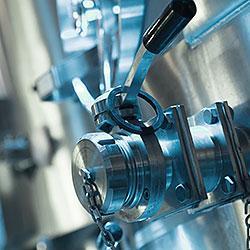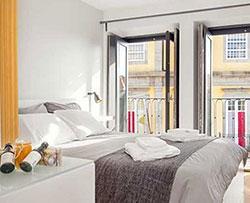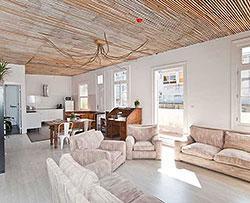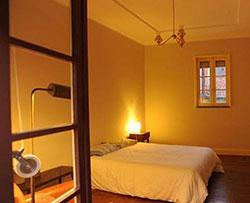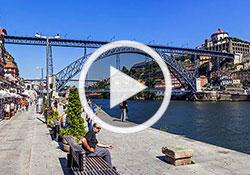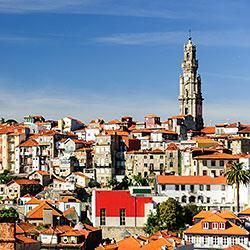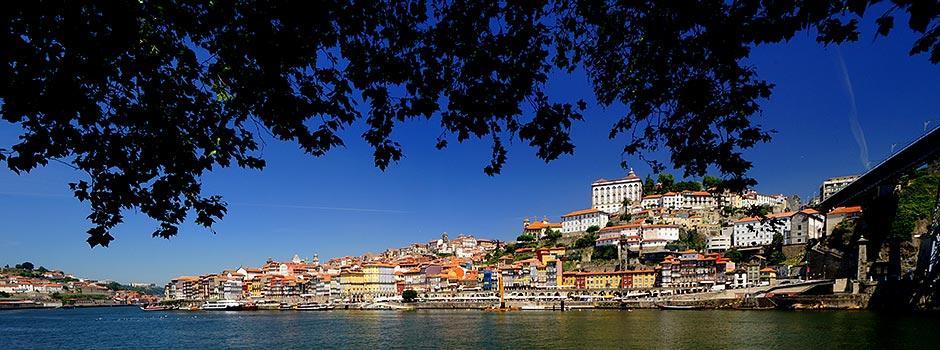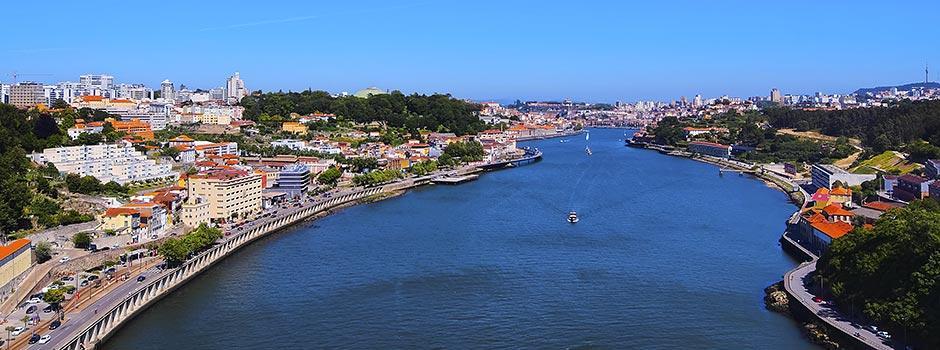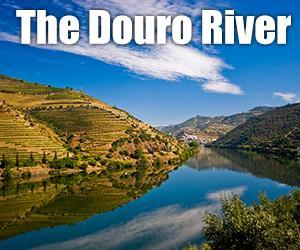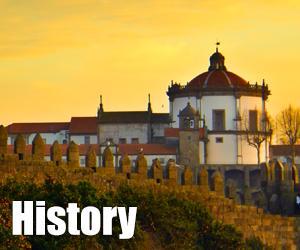 Porto
Porto - Discover
- What to See
- Places
- Architecture
- Streets and Squares
- Avenida dos Aliados
- Avenida da Boavista
- Rua das Flores
- Rua Santa Catarina
- Rua da Cedofeita
- Rua Galeria de Paris
- Rua Miguel Bombarda
- Praça da Batalha & Capela das Almas
- Praça da Liberdade
- Praça da Ribeira
- Praça Almeida Garrett
- Praça Marquês de Pombal
- Praça Carlos Alberto
- Praça da Galiza
- Praça da República
- Praça de D. João I
- Gardens & Parks
- What to Do
- Wine & Food
- Nightlife
- Shopping
- Beaches
- Culture
- Museums
- Casa Almeida Garrett
- Casa do Infante Museum
- Casa Museu Guerra Junqueiro
- Centro Português de Fotografia
- Museu Fundação de Serralves
- Museu do Carro Eléctrico
- Museu do Vinho do Porto
- Museu Romântico da Quinta da Macieirinha
- Museu Nacional Soares dos Reis
- Museu dos Transportes e Comunicações
- Museu Nacional da Imprensa
- Museu da Farmácia
- Museu Futebol Clube do Porto
- Museu das Marionetas do Porto
- Museu de Arte Sacra
- World of Discoveries Porto
- Classical Music
- Festivals & Concerts
- Theatre
- Dance
- Museums
- Sports
- What’s On
- Where to Stay
- Images / Videos / Cams
03:21:29 Sunday, 5th May

Drinking tap water in Porto city, Portugal
The tap water in Porto is safe to drink and of course can be used for cooking, bathing, etc and meets all EU regulations.
Porto’s water supply is very heavy in minerals and as chlorine is added at the treatment plant it can have a strong taste.
Most people in Oporto buy bottled water for drinking and use tap water for everything else.
The best way to avoid carrying plastic bottles of water is to install in your home a Reverse Osmosis Water Filtration System and very important, one with a mineral cartridge that adds minerals to the filtered water and balances the PH.
Let us explain… the reverse osmosis removes 99,9% of everything from the water, including minerals, by adding the mineral cartridge you get a perfect balanced healthy clean water, much better than most bottled waters.
Port of Leixões
The Port of Leixões, which is 10 kilometres from the Porto city centre and approximately five kilometres from the Douro River, between Leça da Palmeira and Matosinhos, is the largest in the Northern Region.
This Port is one of the most important ports in the country, it is endowed with quays (a conventional quay for general cargo and solid bulk and a quay for liquid bulk), terminals (terminals for tankers, containers, multi-use and cruise liners), a yachting marina, a fishing harbour and specialised facilities (such as for deposits and warehouses).
Every year, it handles around 14 million tonnes of goods (such as textiles, wines, granite, wood and automobiles) and around 65 thousand passengers pass through the Port of Leixões With the work for building a new Cruise Terminal in Matosinhos, this port will make an increasing contribution towards the growth in tourism in the North, with more and more cruise ships and more passengers passing through.
Visitors arriving by boat come from all different parts of the world, but mainly Germany, the United Kingdom and the United States of America.
The South Passenger Terminal for cruise ships was inaugurated in 2011 in order to boost the tourism in Porto and the north of the country. The finest cruise ships in the world having been calling at this terminal. The Passenger Station, situated in the North Passenger Terminal, is a beautiful wooden building, which looks like the hull of a ship, and is considered to be Architectural and Historic Heritage of Matosinhos. This space has a capacity for 750 passengers to embark and disembark.
As a fishing harbour, Matosinhos is one of the top ports with regard to the overall amount of fish caught, especially sardines.
If you want to travel between the Port of Leixões and the city centre (or vice versa) by metro train and if you are near the cruise terminal 1 of Porto, the nearest metro station is the market. If you are close to Matosinhos Beach, nearby is the Matosinhos south metro station. The cost is about 2 € and takes about 25 minutes.
A bus ride from Port of Leixões to the centre of Porto takes about 30 to 40 minutes and costs around 2€. If your ship is docked at Terminal 1, you should take the bus number 507 and if you leave from Matosinhos Beach, take the bus number 500.
If you want more comfort, you can always opt for a taxi. The city center trip costs between 15 and 20 € and takes about 15-20 minutes.
Porto or Oporto?
Porto is the Portuguese word for Porto, but the city is also known as Oporto. When the English came to tend to their wine, one of them (or all) mispronounced the name of the city by adding an ‘O’ to Porto, creating the anglicized ‘Oporto.’ Both names are still in circulation.
Average Temperatures for Porto
In the summer, the average temperatures in Porto range from 13°C to 25°C, although temperatures can climb as high as 40°C. Come autumn, the thermostat usually hovers around 14°C for the lows, and 21°C for the highs. Winter temperatures average between 5°C and 14°C, plus there’s a lot more rain. In the spring, when things heat up again, the temperatures vary between the single digits (around 8 or 9°C) up to the mid 20s.

 English
English  Português
Português 


